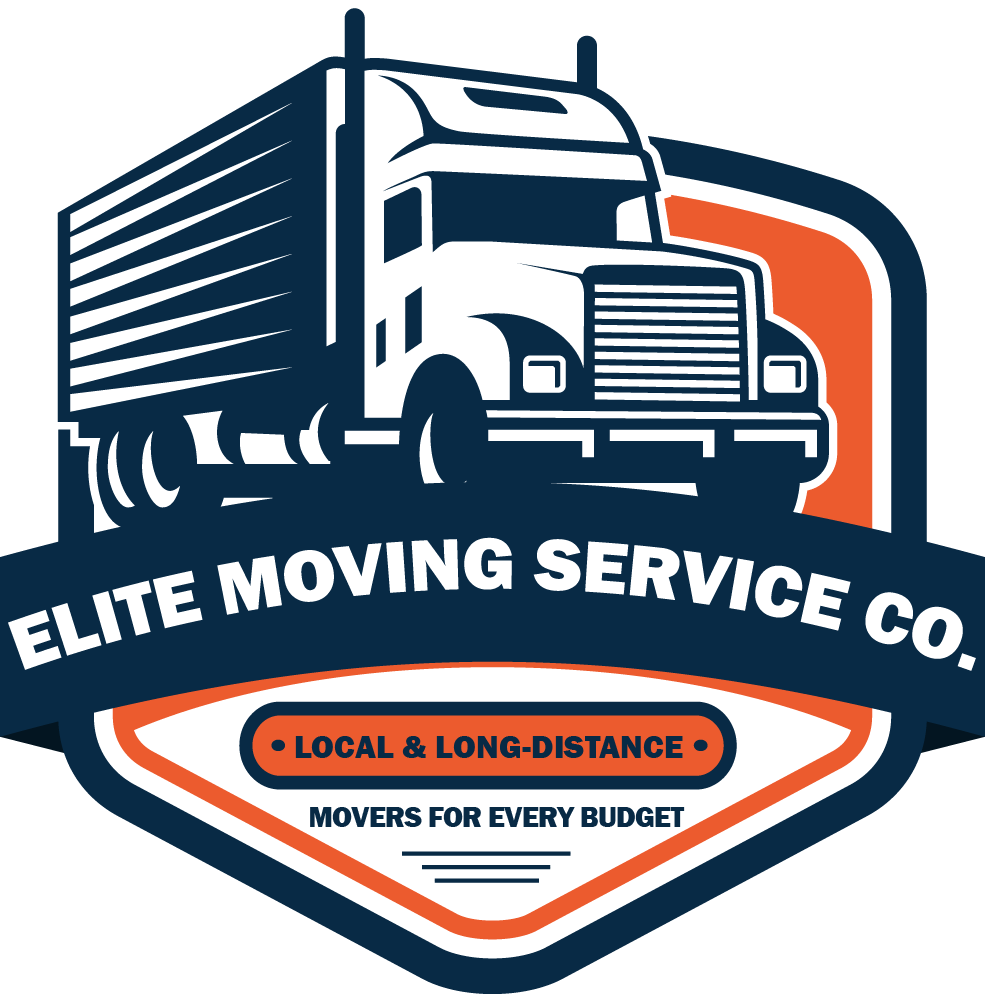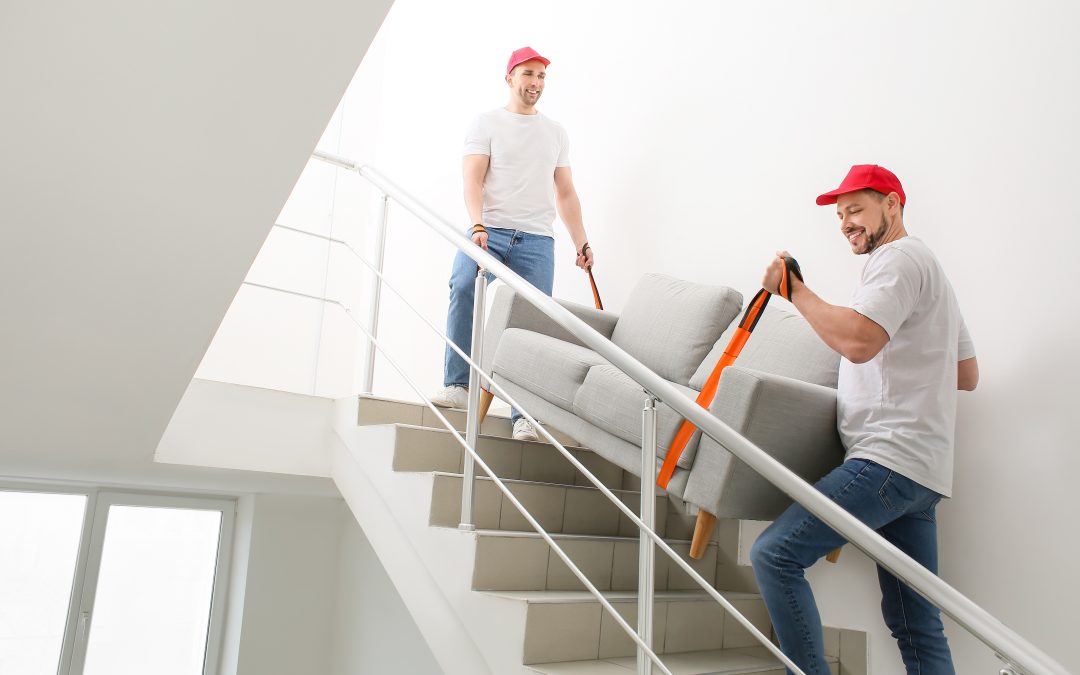Whether you’re living the apartment life or you’re moving into a home with multiple levels – moving your furniture up stairs is a challenge! Tight corners, strange maneuvers, and cumbersome objects make this task especially difficult. We’re going to offer a little bit of insight on some of our favorite tips and tricks for safely handling this situation.
Devise a Plan
You just got the new place, so, naturally, you want to protect your new home’s floors, stairs, and walls. Let’s face it – the last thing you want to do is spend money repairing damages you caused yourself. Not fun.
Let’s look at some of the notorious culprits of difficulty:
- Mattress, bed frames, futons
- Couches
- Desks
- Chairs, love seats
- Televisions
- Fishtanks
- Pianos
- Large appliances
If you have any of the following items, we recommend planning ahead of time. Consider what you have, what you may need, and definitely figure out who is going to help you.
Keeping Things Safe
Moving day will look a bit different for each person. One thing everyone will have in common is lots of trips in and out, up and down. With that in mind, damage can result from heavy traffic from objects of all sizes.
Protect Your Home
- Doors: Sometimes, removing doors will provide added maneuverability.
- Staircase walls: Cover walls with thick blankets, sheets, or quilts to protect against scuffs and dings.
- Banisters: Wrap them with thick blankets to prevent damage from furniture.
Protect Your Stairs
- Old blankets/rugs: Great for wood stairs; just make sure you secure it in place with painter’s tape. Just ensure it doesn’t become a tripping hazard.
- Non-slip drop cloths: Secure with painter’s tape on wooden stairs. Ideal for keeping debris and dirt off of stairs without extra padding.
- Stair runners: One of the more protective options as the material is made from neoprene and specifically made to protect stairs.
Protect Yourself
- Lifting: Bend your knees and lift with your legs.
- Positioning: The lower angle will always have greater weight when moving upstairs. Ensure the strongest person is behind the item. The weaker person in front helps guide the item.
- Pacing: Carelessly hauling items upstairs or going too fast can allow the thing to get away from your grip. Doing this could lead to an object falling down the stairs, into a wall, or worse, into someone else.
- Adjusting: Make sure to communicate with the other person you are carrying the item with. If you need to rest or adjust your grip, let them know.
It’s All About the Tools
Having the right equipment will literally make or break you. If what you have on hand isn’t going to cut it, consider some tools designed for moving.
What You Have
- A sturdy blanket: This allows for various uses. You can protect the floor, railings, or other items by wrapping them and securing them with strong tape. You can create a “cradle” of sorts and contain your article using the blanket, giving four corners for holding on to as you move upstairs.
- Essential tools: Think with a deconstruction mindset. By that, we mean you might be able to break things apart into more manageable pieces with some standard tools you might have on hand. Remove legs of tables, backs of chairs, mirrors from dressers, or doors from heavy appliances.
- Know how to position things: For example, how to move couches through doorways, turn chairs sideways, etc.
- The “high and low” technique: Great for large problem items. Storagefront provides an example of this technique: “Let’s say you’re moving a desk. The person higher on the steps will carry from under the top of the desk. The person lower on the steps will carry from the bottom, where the desk meets the floor. Move carefully and slowly, especially since the person higher up will have to walk up the stairs backward.”
Moving Equipment
- Furniture sliders: Move furniture across a room effortlessly while preventing floor damage.
- Utility dolly (hand truck): Move a few boxes at a time or lighter pieces of furniture.
- Stair climbing dolly: Hefty Items, usually around 200 lbs. and over.
- Mattress sling: Protects your mattress and allows for easier maneuvering.
- Moving straps: Ideal for items you cannot secure with a dolly.
- Transportation: How will you get all these items to your destination?
Hire Professional Help
Regardless of how strong you are, certain things just shouldn’t be done alone. Let Elite Moving help.
Get your complimentary quote today.


Recent Comments